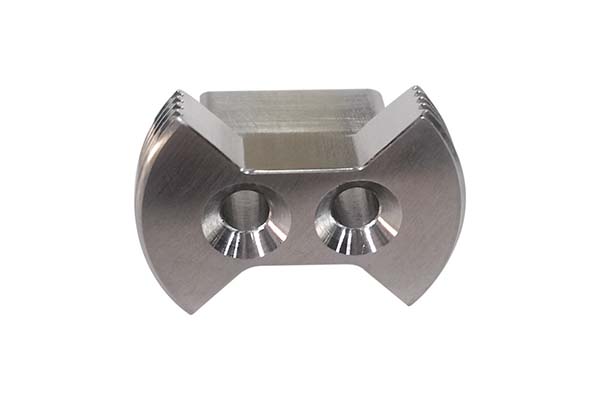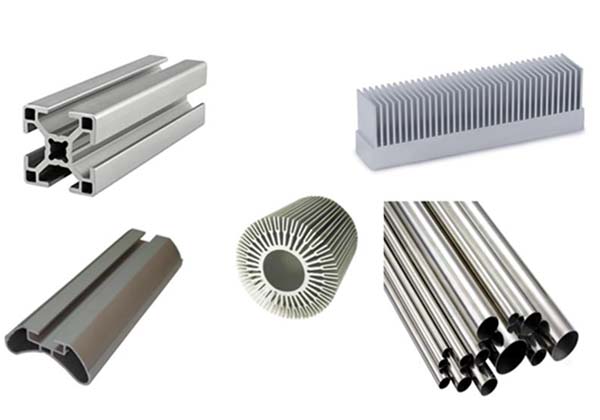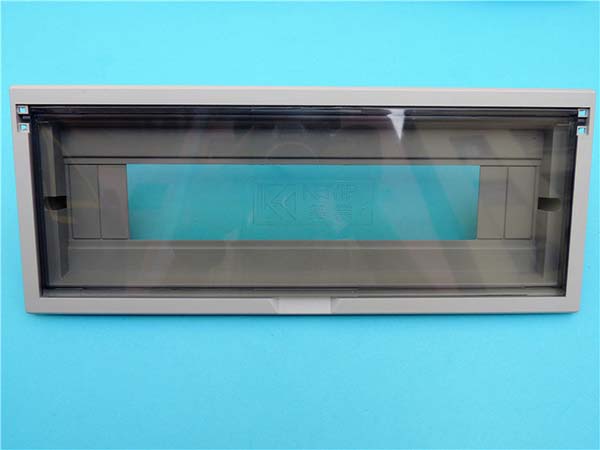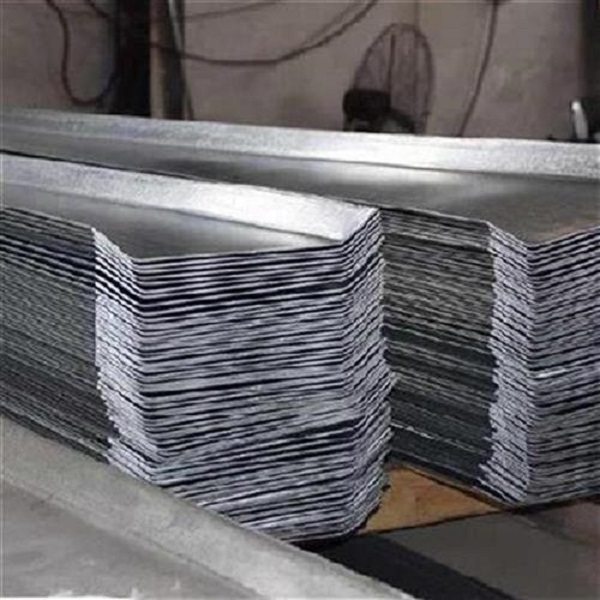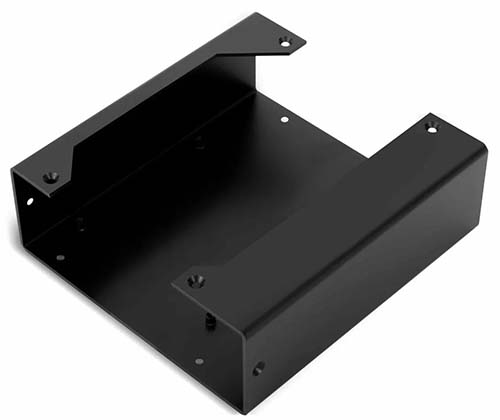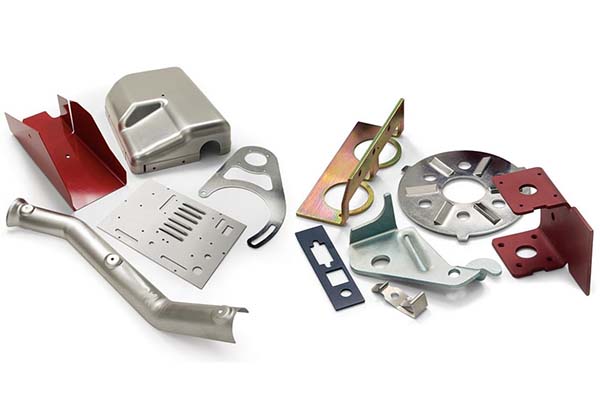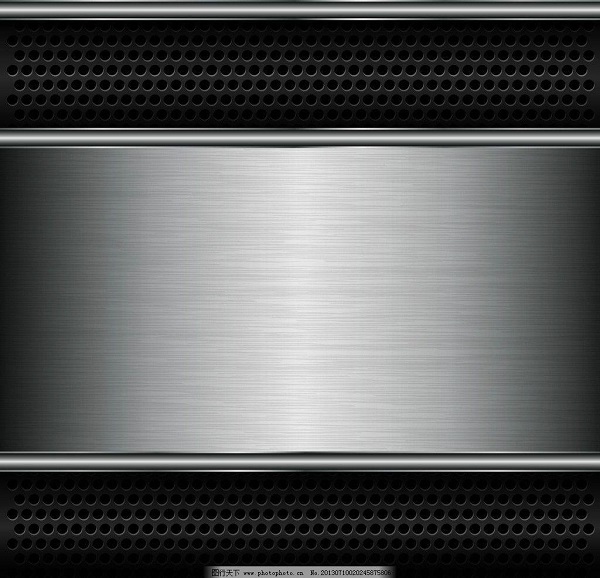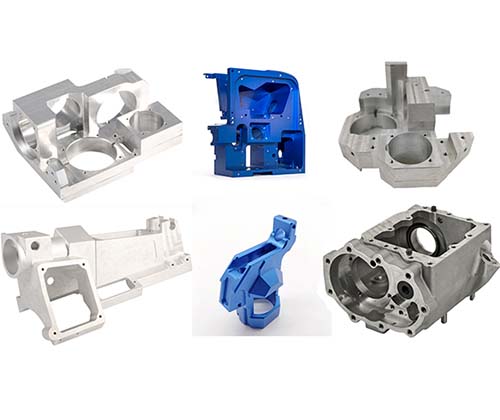Choosing the right metal alloy for a project can be a daunting task, especially when there are numerous options with varying properties and applications. Among the many alloys available, C2600 (also known as cartridge brass) stands out for its unique combination of characteristics that make it suitable for a wide range of industries. In this comprehensive guide, we will explore the material composition, properties, manufacturing processes, surface treatments, and applications of C2600 sheet metal, addressing common user concerns and providing valuable insights to help you make informed decisions.
Material Composition and Properties of C2600 (Cartridge Brass)
C2600 is a popular brass alloy with a well - defined alloy composition. It typically consists of approximately 70% copper and 30% zinc, which gives it a perfect balance of various properties. Let's take a closer look at its key characteristics:
Excellent Ductility and Strength
- Ductility: C2600 exhibits exceptional ductility, allowing it to be easily formed into complex shapes through processes like deep drawing. For example, in the production of ammunition casings, which require precise and intricate shapes, the high ductility of C2600 ensures that the metal can be stretched and formed without cracking. It can be elongated by up to 60% before breaking, making it highly versatile in manufacturing.
- Strength: While being ductile, C2600 also has good strength. Its tensile strength ranges from 300 to 500 MPa, depending on the temper. This strength makes it suitable for applications where the material needs to withstand mechanical stress, such as in automotive components that are subject to vibration and pressure.
Good Thermal and Electrical Conductivity
- Thermal Conductivity: With a thermal conductivity of around 121 W/(m·K) at room temperature, C2600 is a better thermal conductor than many other alloys. This property makes it useful in heat - related applications, such as heat sinks in electronics where efficient heat dissipation is necessary to prevent overheating of components.
- Electrical Conductivity: C2600 has an electrical conductivity of about 28% IACS (International Annealed Copper Standard). Although not as high as pure copper, it is sufficient for many electrical components like connectors and terminals, where a balance between conductivity and other properties is required.
Corrosion Resistance and Oxidation Resistance
- Corrosion Resistance: C2600 has moderate corrosion resistance, especially in atmospheric and freshwater environments. It forms a thin oxide layer on its surface, which helps protect the underlying metal from further corrosion. However, it is less resistant to marine environments with high salt content compared to some other brass alloys. For marine applications, additional surface treatments may be necessary to enhance its corrosion resistance.
- Oxidation Resistance: At moderate temperatures, C2600 shows good oxidation resistance. But at high temperatures, it can oxidize more rapidly, so it's important to consider this in high - temperature applications.
Other Notable Properties
- Machinability: C2600 is known for its excellent machinability. It can be easily cut, drilled, and shaped using conventional machining processes. This makes it a cost - effective choice for mass production, as it reduces manufacturing time and costs. For example, in the production of small industrial machinery parts, the good machinability of C2600 allows for efficient processing.
- Recyclability: Like other brass alloys, C2600 is highly recyclable. Recycling C2600 requires less energy compared to producing it from raw materials, making it an environmentally friendly option. This is in line with the growing focus on sustainability in various industries.
- Acoustic Properties: C2600 has excellent acoustic properties, which is why it is widely used in brass instruments. The way it vibrates and resonates contributes to the rich and melodious sound of these instruments.
Manufacturing Processes for C2600 Sheet Metal
The properties of C2600 make it compatible with a wide range of manufacturing processes, enabling the production of diverse components.
Forming Processes
- Rolling: Rolling is used to reduce the thickness of C2600 sheets and improve their surface finish. Cold rolling can increase the strength of the metal, while hot rolling is suitable for larger - scale production and can make the metal more malleable. For example, rolling is used to produce thin sheets of C2600 for use in electronics and ornamental purposes.
- Bending and Deep Drawing: The high ductility of C2600 makes it ideal for bending and deep drawing. Deep drawing is a process where a flat sheet is formed into a three - dimensional shape, such as a cup or a container. This process is widely used in the production of ammunition casings and various automotive parts. Bending is used to create angles and curves in the sheet metal, which is essential for architectural components and artistic applications.
- Cutting:
- Shearing and Punching: Shearing is used to cut straight lines in C2600 sheets, while punching is used to create holes and specific shapes. These processes are efficient for mass production and are commonly used in the manufacturing of electrical components and industrial machinery parts.
- Laser Cutting and CNC Machining: For more complex shapes and high precision, laser cutting and CNC machining are employed. Laser cutting uses a high - powered laser to cut through the metal with extreme accuracy, making it suitable for intricate designs. CNC machining allows for computer - controlled precision, ensuring consistent and accurate parts.
Machining and Joining Processes
- Machining: As mentioned earlier, C2600 has excellent machinability. Turning, milling, and grinding are common machining processes used to create precise parts with tight tolerances. For example, in the production of firearms components, machining C2600 ensures that the parts fit together perfectly and function reliably.
- Welding: C2600 can be welded using methods such as gas metal arc welding (GMAW) and resistance welding. However, due to the high zinc content, welding can sometimes lead to porosity, so proper welding techniques and parameters are crucial. Welding is used to join different pieces of C2600 to form larger structures.
- Annealing and Heat Treatment: Annealing is a heat treatment process that relieves internal stresses in C2600 and improves its ductility. It involves heating the metal to a specific temperature (around 600 - 700°C) and then cooling it slowly. This process is often used after cold working to make the metal easier to form in subsequent processes.
Surface Treatment and Finishing of C2600 Sheet Metal
Surface treatment and finishing not only enhance the appearance of C2600 but also improve its performance and durability.
Plating
- Tinning: Tinning C2600 provides a protective layer that enhances its corrosion resistance, especially in electrical applications. It also improves solderability, making it easier to join C2600 components with other metals using solder.
- Silver Plating and Gold Plating: Silver plating and gold plating are used for C2600 in high - end applications. They improve the electrical conductivity, corrosion resistance, and aesthetic appeal of the metal. These platings are commonly used in jewelry, high - performance electrical components, and artistic applications.
Painting, Coating, and Lacquering
- Painting and Coating: Applying paint or coating to C2600 can provide additional corrosion protection and a decorative finish. Corrosion - resistant coatings are particularly useful for marine applications and outdoor architectural components.
- Lacquering: Lacquering is a process that applies a clear or colored lacquer to the surface of C2600. It protects the metal from tarnishing and maintains its appearance, making it suitable for ornamental purposes and jewelry.
Polishing and Special Finishes
- Polishing: Polishing C2600 can create a smooth, shiny surface. Mechanical polishing using abrasive materials or chemical polishing can achieve a mirror finish, which is highly desirable for brass instruments, jewelry, and decorative items.
- Brushed Finish: A brushed finish gives C2600 a textured, linear appearance. This finish is often used in architectural components and automotive trim to add a modern and stylish look.
- Chemical Conversion Coating and Passivation: These processes form a protective layer on the surface of C2600, improving its corrosion resistance. They are often used as a pre - treatment before painting or coating to enhance adhesion.
Applications of C2600 Sheet Metal
The unique combination of properties of C2600 makes it suitable for a wide variety of applications across different industries.
Ammunition and Firearms
- Ammunition Casings: The high ductility and strength of C2600 make it the primary material for ammunition casings. It can withstand the pressure of firing and is easy to form into the required shape.
- Firearms Components: Some parts of firearms, such as triggers and magazines, are made from C2600 due to its machinability and strength.
Musical Instruments
- Brass Instruments: C2600 is the most commonly used material for brass instruments like trumpets, trombones, and tubas. Its acoustic properties allow these instruments to produce rich, resonant sounds, and its malleability allows for the creation of precise shapes that affect the instrument's tone.
Electrical and Electronics
- Electrical Components: C2600 is used in a wide range of electrical components including connectors, terminals, and switches. Its good electrical conductivity, machinability, and moderate corrosion resistance make it a reliable choice.
- Electronics: In electronics, C2600 is used in heat sinks, connectors, and other parts where a balance of thermal conductivity and mechanical properties is needed.
Automotive, Aerospace, and Marine
- Automotive: C2600 is used in automotive components such as radiators, fuel lines, and connectors. Its strength, corrosion resistance, and formability make it suitable for these applications.
- Aerospace: In aerospace, C2600 is used in various components where weight, strength, and reliability are important. For example, in some electrical systems and hydraulic components.
- Marine Applications: With proper surface treatments, C2600 can be used in marine applications such as valves and fittings, where corrosion resistance is crucial.
Construction, Jewelry, and Artistic Applications
- Construction and Architectural Components: C2600 is used in construction for architectural components like door handles, railings, and decorative trim. Its aesthetic appeal and durability make it a popular choice.
- Jewelry and Artistic Applications: The malleability, color, and recyclability of C2600 make it a favorite among jewelers and artists. It can be crafted into intricate jewelry pieces and artistic applications, and its ability to take various finishes adds to its versatility.
- Ornamental Purposes: C2600 is widely used for ornamental purposes in furniture, lighting fixtures, and other decorative items, enhancing their visual appeal.
Yigu Technology, a leading parts custom manufacturing Supplier, recognizes the versatility of C2600 (Cartridge Brass). Our expertise covers precise manufacturing processes and tailored surface treatments for C2600. We ensure each component meets strict standards, serving industries from ammunition to musical instruments. Trust us to deliver high - quality, custom C2600 parts that fit your needs.
FAQ
- Is C2600 suitable for use in saltwater environments?
C2600 has moderate corrosion resistance but is not highly resistant to saltwater. For marine applications, it's recommended to apply corrosion - resistant coatings or other surface treatments to enhance its performance in saltwater.
- How does the machinability of C2600 compare to other brass alloys?
C2600 is known for its excellent machinability, often rated higher than many other brass alloys. Its composition allows for smooth cutting and shaping, reducing tool wear and increasing production efficiency.
- Can C2600 be recycled multiple times?
Yes, C2600 is highly recyclable and can be recycled multiple times without significant loss of its properties. Recycling C2600 is cost - effective and environmentally friendly, as it reduces the need for raw materials and energy consumption.
